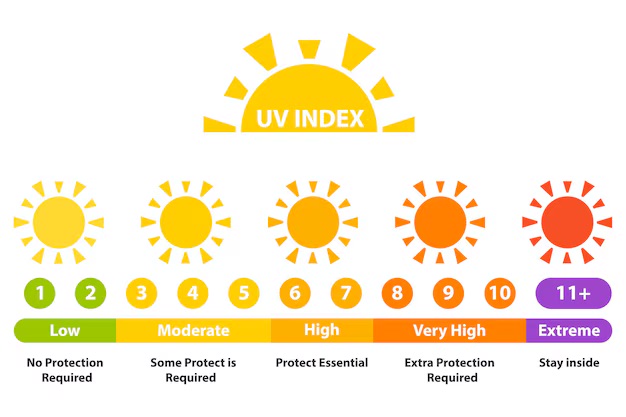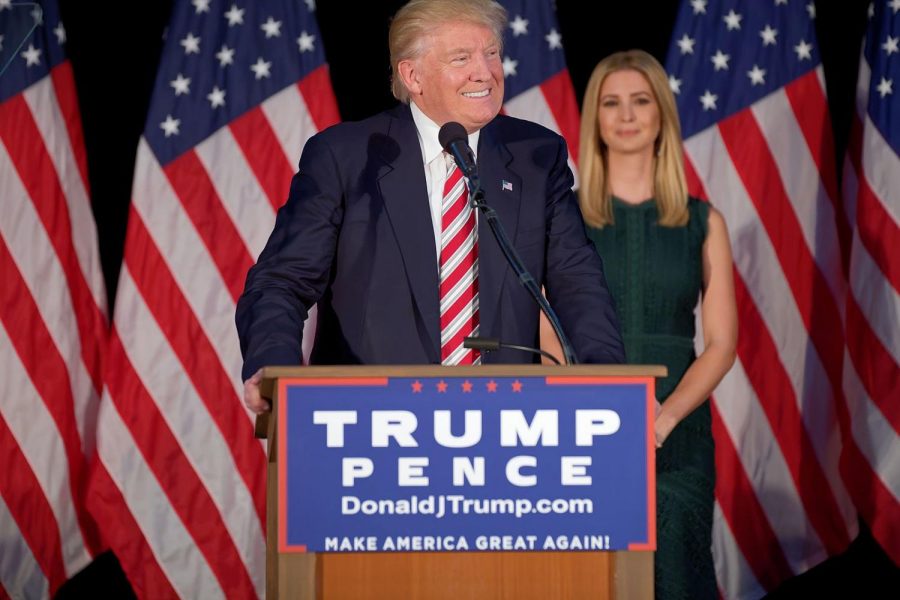Paid Maternity Leave: Working Women, Their Families, and Their Employers
Whether it’s in the political realm, in Hollywood, or in communities across America, the idea of paid maternity leave has been a widely talked about and very controversial issue, especially today with the push for gender equality in the workplace. Until the Pregnancy Discrimination Act of 1978, employers were allowed to fire or lay off a woman if she was pregnant. Even with the stricter and more compliant regulations for expecting mothers, women with newborns in the American workforce are still left with little to no benefits. When the Family and Medical Leave Act (FMLA) was enacted by the United States Department of Labor’s Wage and Hour Division in 1993, women were guaranteed a minimum of twelve weeks unpaid leave for family and medical reasons. Unfortunately, only 50 percent of working Americans qualify for the twelve weeks of unpaid leave, due to the fact that FMLA only applies to workers who have worked for 1,250 hours over the course of a year and who are employed by companies with 50 or more employees. The more controversial issue, though, is the idea of government mandated paid maternity leave. According to a June 2015 study by the Department of Labor, a dismal twelve percent of working Americans in the private sector have access to paid leave, as a result of the United States being the only industrialized country in the entire world to not guarantee paid maternity leave. Government mandated paid maternity leave would positively impact the lives of working women, both economically and socially, their families, and their employers.
Today, according to a 2009 Department of Labor report, women comprise 47 percent of the total U.S. labor force, and women contribute nearly 44 percent of family income of dual-earner couples. Without government authorized paid maternity leave, working families struggle to make ends meet, forcing them to choose between economic security and their family’s well being. Aside from the obvious effects paid leave would have on women, their children would also reap benefits from paid leave as well. Author Stephen Bezruchka, a specialist on international health issues, found that a person’s long-term health is determined by the age of two. Bezruchka believe that with family stress induced by economic insecurity, young children’s health can be affected dramatically, both emotionally and physically, once they reach adulthood. The Institute for the Study of Labor in Bonn found that children of women who have a maternity leave benefit will have a higher IQ, education, and income levels once they reach adulthood. It is extremely evident that paid leave would tremendously help women and their families’ financial status, health, and happiness.
Paid maternity leave has been a very controversial issue amongst the dominant political parties in the United States—the democrats and republicans. Women’s increased participation in the labor force due to paid leave supports economic growth and enlarges the tax base, something that both parties can agree upon, but there is still ongoing debate on whether or not implementing a paid leave program would be good for the country. In Barack Obama’s State of the Union Address in 2015, he stated, “it’s time we stop treating child care as a side issue or a women’s issue and treat it like the national economic priority that it is.”. Even 2016 presidential candidate, Hillary Clinton, promised on her campaign trail that paid maternity leave would be an issue she would focus on while in the White House. Although most Democrats see eye to eye on the issue, Republicans remain split on whether or not to support government mandated paid parental leave. An AP-GfK poll showed that only 55 percent of republicans support paid maternity leave.. President Donald Trump, a republican who is a supporter of paid leave, recently announced his child care plan, which includes up to 6 weeks of partially paid leave guaranteed to women whose employers don’t offer it already. Trump’s plan seems to be a haven for young families, but there is opposition from democrats who feel that this policy will only help upper class working Americans. Some states have grown wary of the partisan debate over the issue and have taken the issue into their own hands. California, New Jersey, and Rhode Island are the only states to have paid maternity leave laws enacted. Not surprisingly, the effect paid maternity leave has had on the states’ economies as well as families within the state has been extremely encouraging. Ruth Milkman, a sociologist of labor and Professor at the City University of New York, has found that after the law was enacted in California, there was an overall increase in morale and productivity in the workplace. Other states, like New York and Massachusetts who currently have bills pending in their state houses for paid leave reforms, are quickly adopting similar policies as California’s to their own states, since the federal government’s debate over the issue is ongoing.
Employers can also see substantial benefits if they offer paid leave to expecting mothers. A report from the President’s Council of Economic Advisors found that more than 90 percent of employers under California’s paid family-leave initiative have reported a positive effect on profitability, turnover, and morale within their company. In fact, Susan Wojcicki, former senior vice president of Google and current CEO of YouTube, said that when Google increased its paid leave to 18 weeks, the rate at which new mothers left the company fell by nearly 50 percent. Although paid leave yields decent results, a Family and Work Institute report from 2008 found that only 16 percent of companies they surveyed offer fully paid maternity leave to expecting mothers. Although there are many positive effects that paid leave would have on employers, most companies are still hesitant to extend paid leave to expecting mothers, especially small businesses.
In order to achieve political compromise and acceptance, some type of blended program involving federal funds, state funds, and private funds, could provide paid maternity leave benefits to all employed mothers. The Swedish government is one of the most generous in the world with regards to paying women on maternity leave. Women are entitled to nearly 80 percent of their normal pay for 390 of the 430 days maternity leave they can take—all paid for by the Swedish Social Insurance Agency. If this idea was applied in the United States, the Social Security Administration would need to increase employee taxes for paid maternity leave, or the U.S. government would need to grant an appropriation from the general fund. This type of program would either end up causing tax rates to skyrocket, or increase the federal deficit, something that our capitalistic society would never accept. In Canada, all women on maternity leave are funded 55 percent of their average insurable weekly earnings, paid by each provincial government, until they hit the $514 weekly cap. Just like three states have done so already, the federal government can encourage all states to implement their own plans by transmitting federal grant money, like Canada has done with their provinces. Unlike Canada, a country with just 10 provinces, the United States has fifty states, all of which would have different ways of implementing their own plans, making this kind of a plan incredibly hard to for the federal government to determine how much grant money each state would receive. A privately funded option would probably be the best solution for Americans. Like a health savings account, a maternity savings account could be an option for paying women on maternity leave. If all American women had a maternity savings account, each woman would be able to fund the account with pre-taxed money, and once they would go on leave, the money would become available for them withdraw, tax free. This idea might seem nonsensical, but since this money is pre-tax, the federal government is creating a tax incentive to choose to use this savings account, since money that would be taxed would instead be available for the person to use. Although this option seems to be the most realistic to implement in the United States, there would still be some financial inequality amongst women. If a woman in her mid-20’s had a child, they would probably have less funds saved than a woman who was in her mid-30’s. A way to ensure that there is no inequality amongst the women; a maternity leave insurance policy would have to be created to distribute the risk amongst a larger pool. A combined program that works jointly at the federal, state, and private sector level would give politicians and employers the right to decide how much and how long an expectant mother would get paid, while still allowing mothers to take time off to raise their kids and still be compensated during their leave.
Photo Source: Michael Vadon








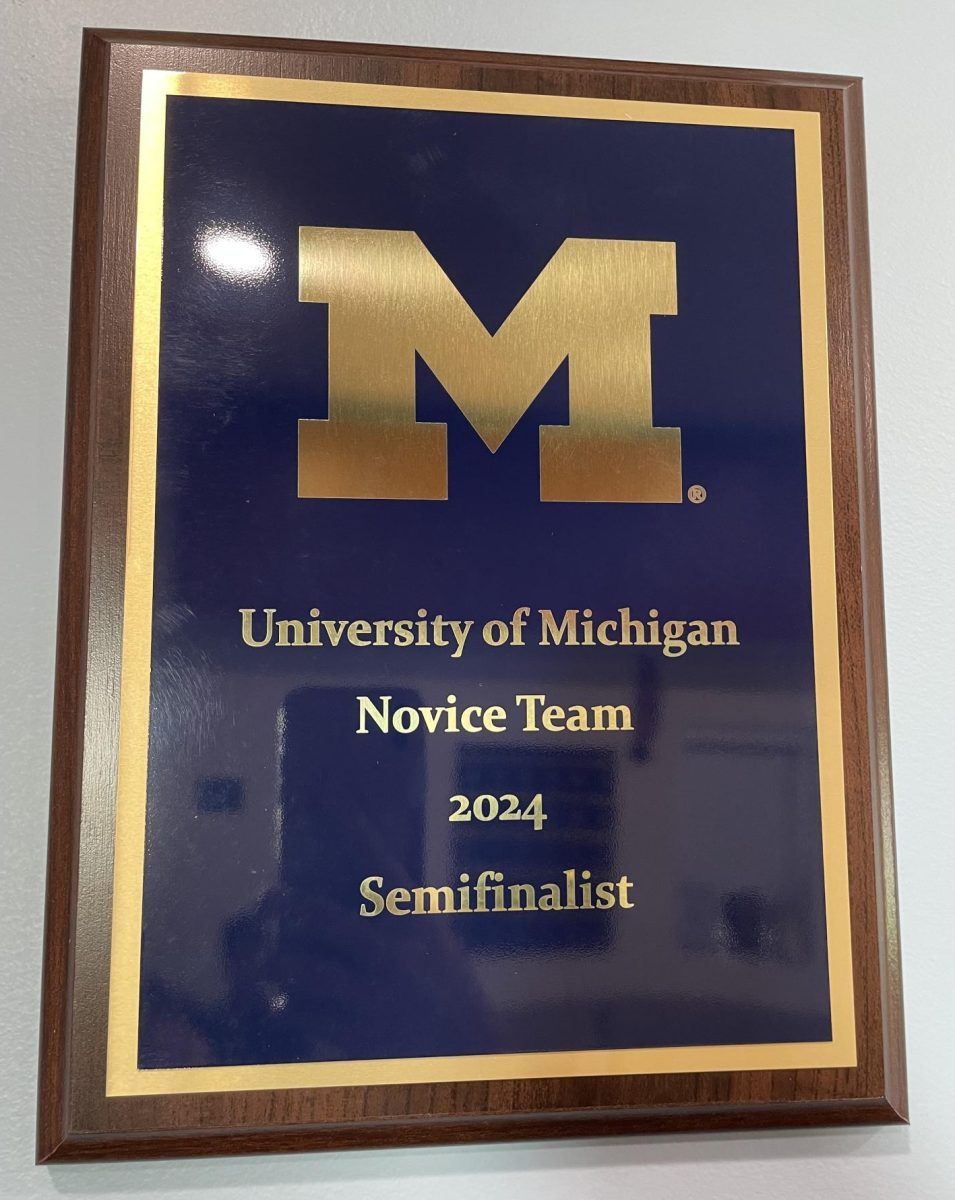



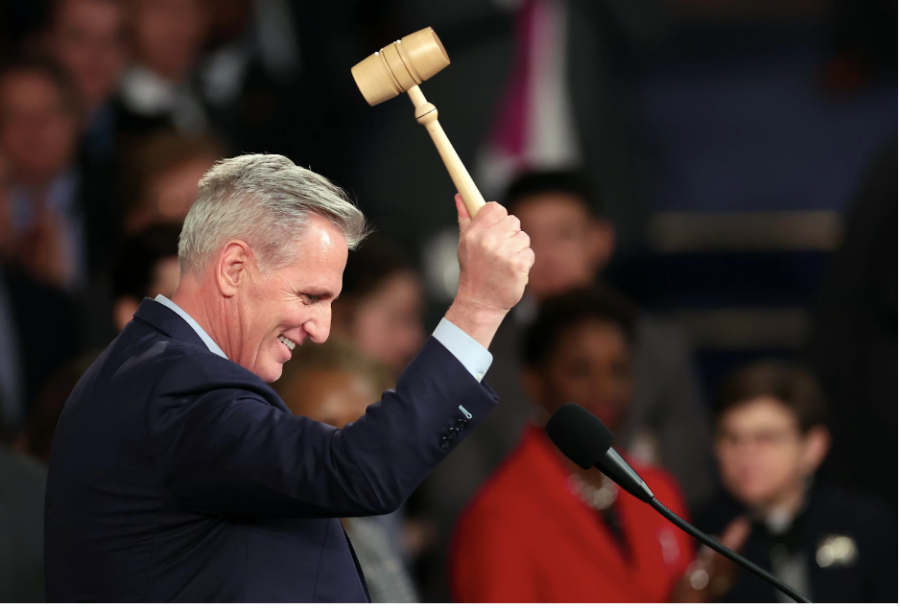
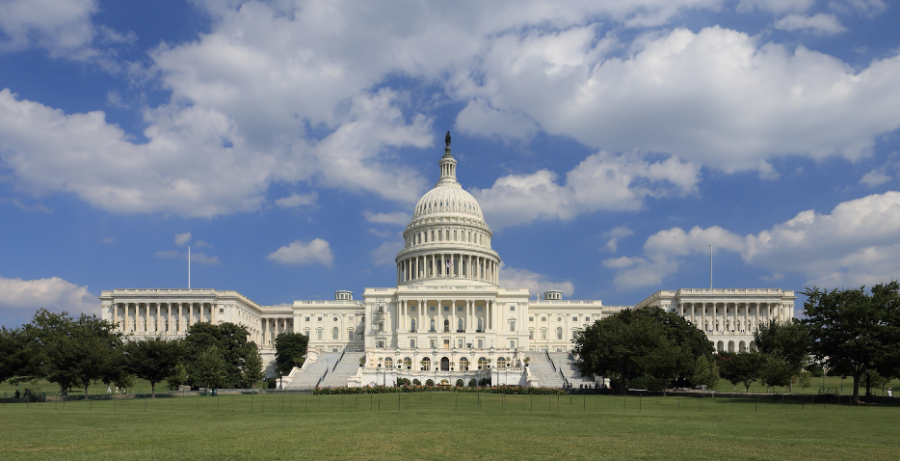



















![Stranger Things 4: What to Expect [Warning: Contains Spoilers]](https://pcpawprint.com/wp-content/uploads/2021/11/StrangerThings4-900x473.jpeg)








